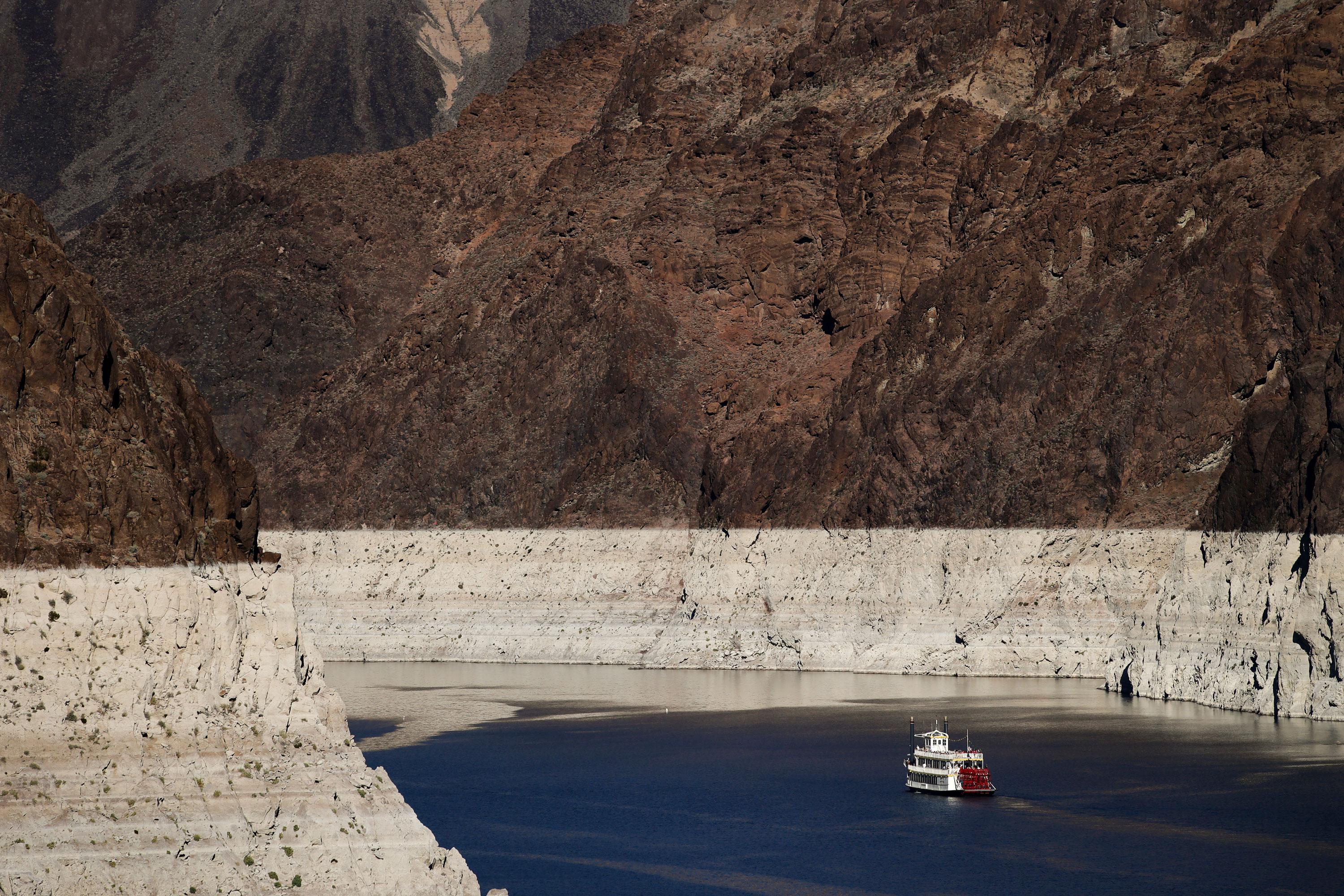

Progress is being made in talks toward a set of agreements for cities, farmers and tribes to share in Colorado River water cutbacks, according to Arizona water officials.
The Arizona Republic reports that the state water officials also want to join in a larger proposed deal to prevent Lake Mead from dropping even further.
Arizona water managers have been leading a series of biweekly meetings since July to work out details of the proposed drought-contingency plan.
Two officials leading the talks said they’re optimistic about finalizing agreements within Arizona in November so the state Legislature can sign off in January.
The proposed three-state plan would involve California, Arizona and Nevada jointly taking less water out of Lake Mead to give the reservoir a boost.
Based on Arizona’s priority system of water rights, complying with the plan without an additional adjustment would cut off water for farmers who depend on deliveries from the Central Arizona Project.
Tom Buschatzke, director of the state Department of Water Resources, said the idea is to reach an agreement that “more equitably spreads around the pain and the benefits” of the drought-contingency plan in Arizona.
Central Arizona Project General Manager Ted Cooke also said he’s optimistic about finishing a deal during the next two months.
“Nobody wants to see anybody lose any water, but people are going to,” Cooke told the Republic. “Nobody wants to see that hardship come to anybody, but there is going to be hardship and we need to spread it around.”
Water levels at Lake Mead are near historic lows and federal Bureau of Reclamation Commissioner Brenda Burman has urged representatives of Arizona, California and Nevada to finish up their negotiations on the drought-contingency plan.
Arizona officials have said the goal now isn’t to prevent a shortage, which is looking likely in little more than a year from now, but rather to prevent even more severe shortages.
Lake Mead is now just 38 percent full. Under the current rules, if the reservoir’s water level reaches 1,075 feet above sea level at the end of any year, the federal government will declare a shortage and supplies to Arizona and Nevada will be cut back.
Federal officials have said the region will narrowly escape a shortage in 2019 but that a shortage may be declared in 2020.







